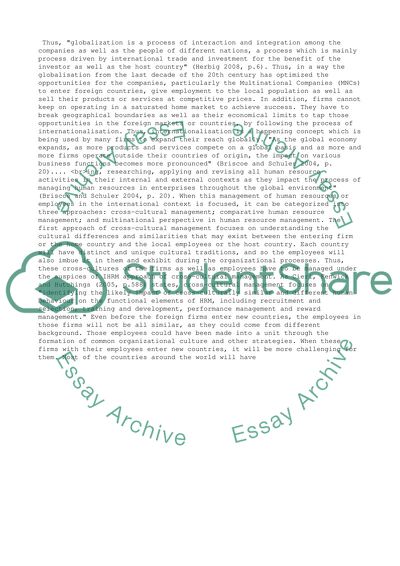Cite this document
(“Critical Evaluation Of The Three Approaches To IHR Essay”, n.d.)
Retrieved from https://studentshare.org/business/1396015-contemporary-issues-in-international-human
Retrieved from https://studentshare.org/business/1396015-contemporary-issues-in-international-human
(Critical Evaluation Of The Three Approaches To IHR Essay)
https://studentshare.org/business/1396015-contemporary-issues-in-international-human.
https://studentshare.org/business/1396015-contemporary-issues-in-international-human.
“Critical Evaluation Of The Three Approaches To IHR Essay”, n.d. https://studentshare.org/business/1396015-contemporary-issues-in-international-human.


